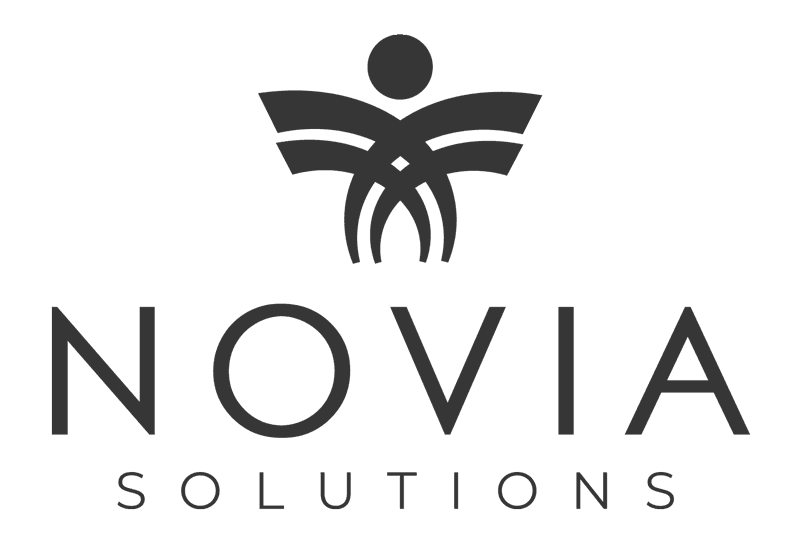It’s been 9 years since the National Academies of Sciences, Engineering, and Medicine (formerly known as the Institute of Medicine) issued the groundbreaking report, The Future of Nursing: Leading Change, Advancing Health. In this report, the academy called out the need for changes in not only nurses’ roles but also their responsibilities and education. The recommendations addressed issues in the following categories:
- Improving access to care
- Fostering interprofessional collaboration
- Promoting nursing leadership
- Transforming nursing education
- Increasing diversity in nursing
- Collecting workforce data1
Following the Institute’s recommendations, the Future of Nursing: Campaign for Action was created in collaboration with the AARP, AARP Foundation, and the Robert Wood Johnson Foundation. The Campaign seeks to better support healthcare professionals across the country while also furthering the goals of the Institute of Medicine. Below are 7 indices of the changes nursing has made since The Future Of Nursing report in 2010:
Education
- IOM recommendation: 80% of nurses be BSN prepared.
- Current standing: while some states are close to achieving an 80% BSN rate, it is unlikely that this goal will be achieved nationwide by 2020.
Doctoral degrees
- IOM recommendation: to double the number of nurses with doctoral degrees by 2020.
- Current standing: this recommendation has already been achieved as the number of nurses with doctoral degrees rose from 10,022 in 2010 to 28,004 in 20171.
Practice environment
- IOM recommendation: APRNs be able to work to the full extent of their training and education
- Current standing: at this time, 22 states allow Nurse Practitioners to practice to fullest extent of their training and education.
Leadership
- IOM recommendation: better promote nurse leadership by having 10,000 nurses “serving on corporate, health-related, and other boards, panels, and commissions by 2020”1
- Current standing: at this time, 5,757 nurses who are serving on boards have registered with the coalition. Because of this, it is not likely that the goal will be met by 2020 although significant progress has been made.
Diversity
- IOM recommendation: while no explicit objectives were set, workforce diversity was one of the main priorities of the IOM report. In 2010, “the makeup of the U.S. population is about 50.8% female and 49.2% male, in 2017, pre-licensure RN program graduates were 85.6% female and 14.1% male—up from 12.2%”1
- Current standing: in 2017, “68.6% of graduates of entry-level baccalaureate nursing programs where white. The number of total minorities in 2017 was 31.4%, up from 24.6% in 2010”1.
To learn more about our leadership opportunities, visit our website to speak with a recruiter today. Or, follow us on LinkedIn to receive updates about our hot jobs.
In case you missed it:
- Best Practices For Nurse Managers
- Staffing Budget Got You Down? Start With Understanding FTE’s
- Short On Managers? Cultivate Them From Within
Sources
Thew, J. (March 15, 2019) The Future Of Nursing Report: Where Are We Now?


